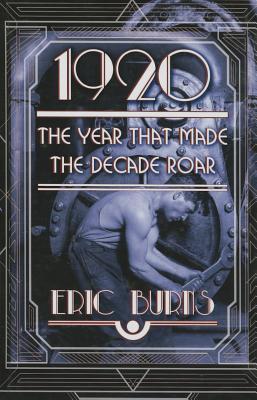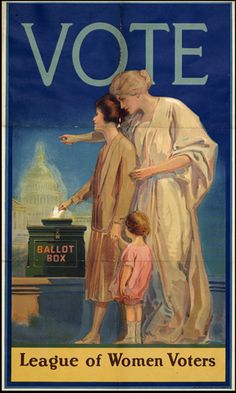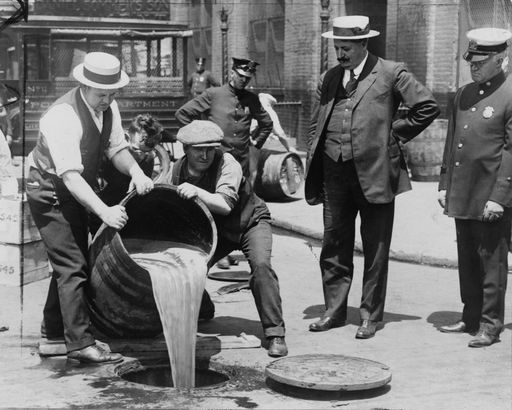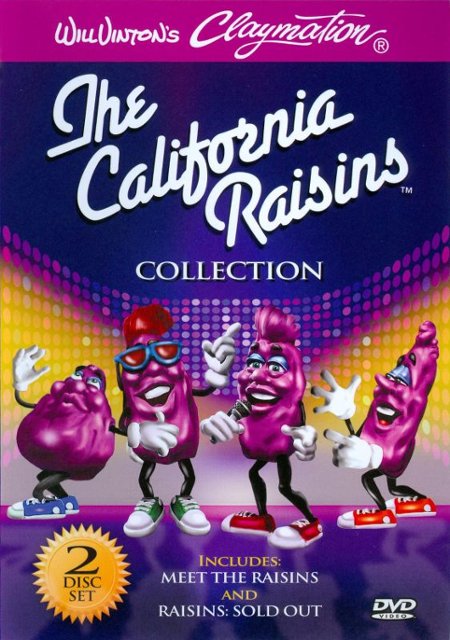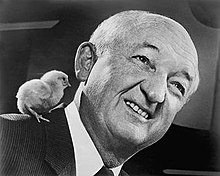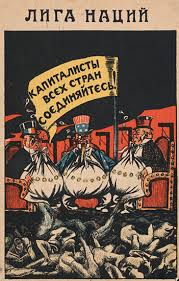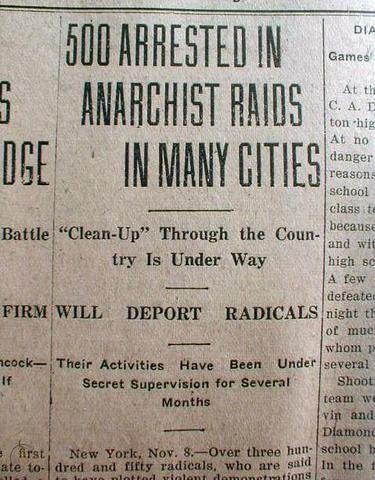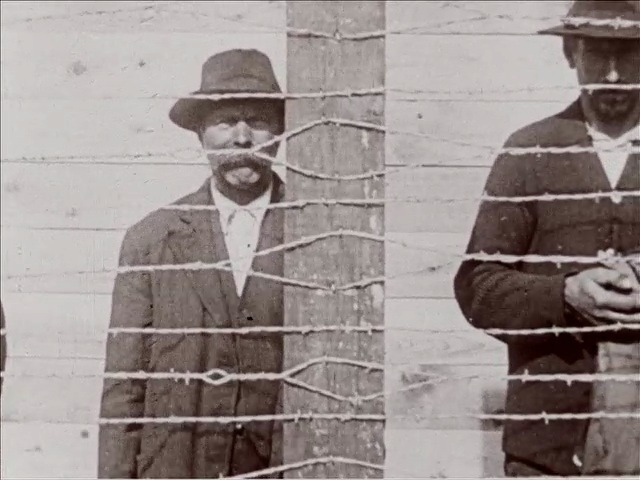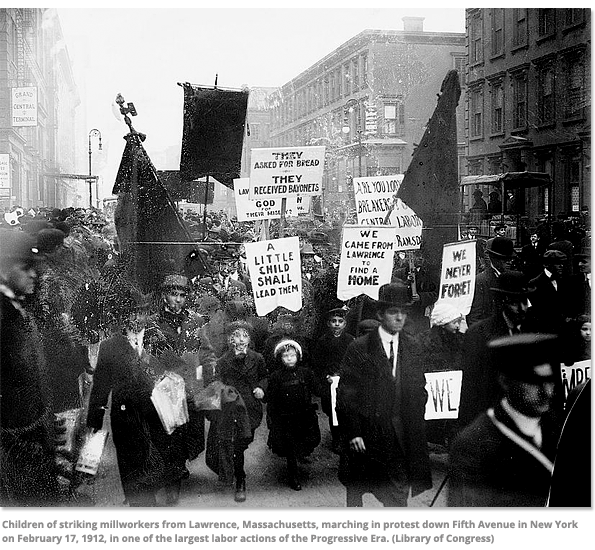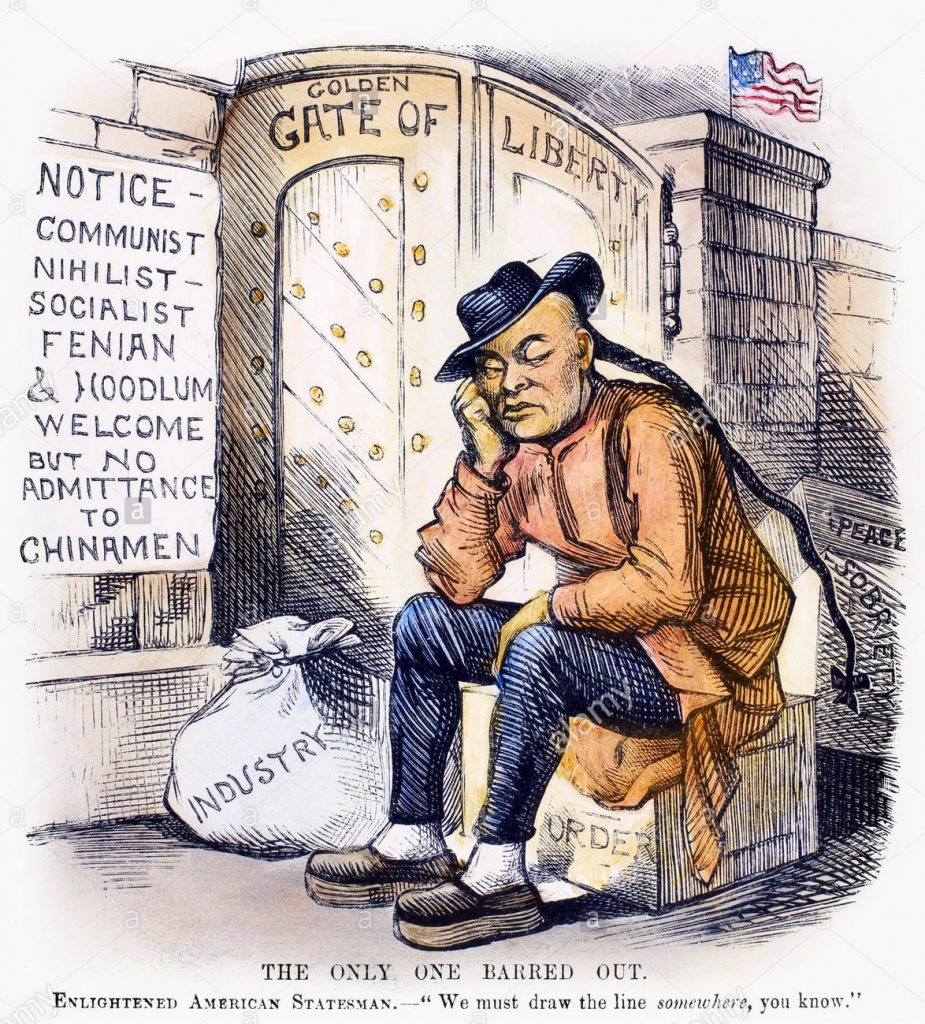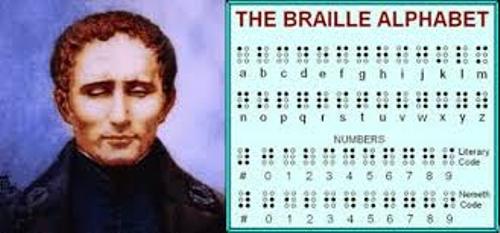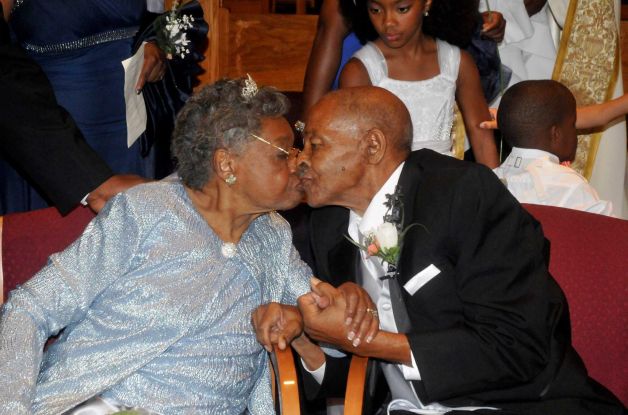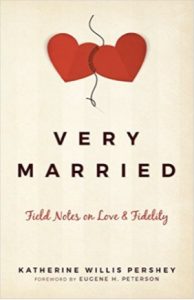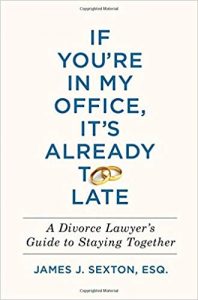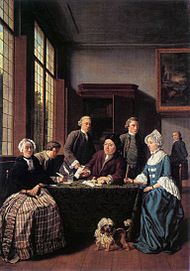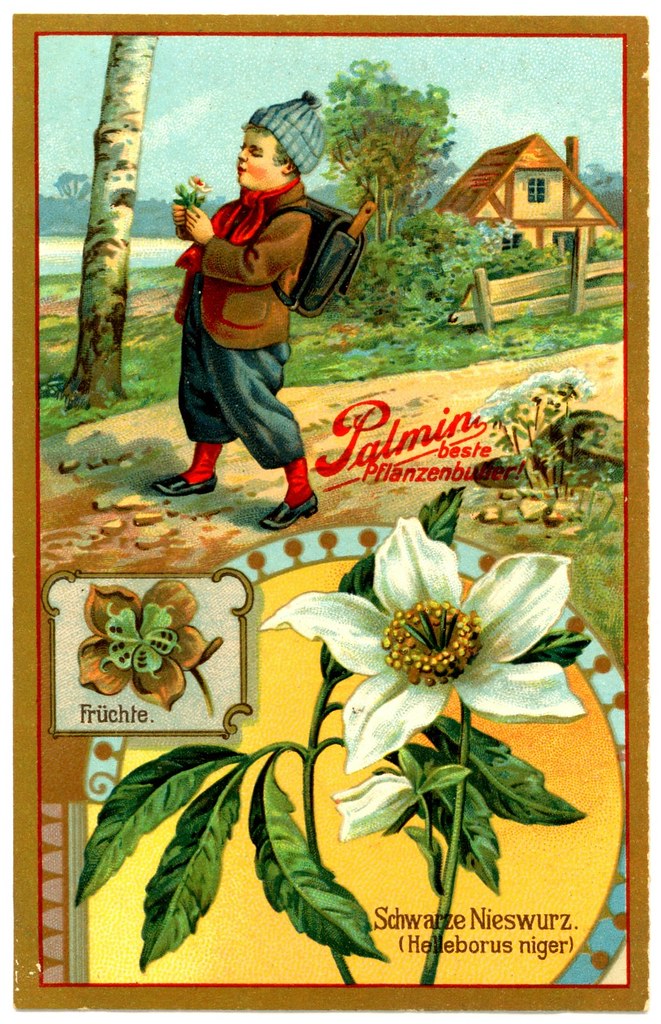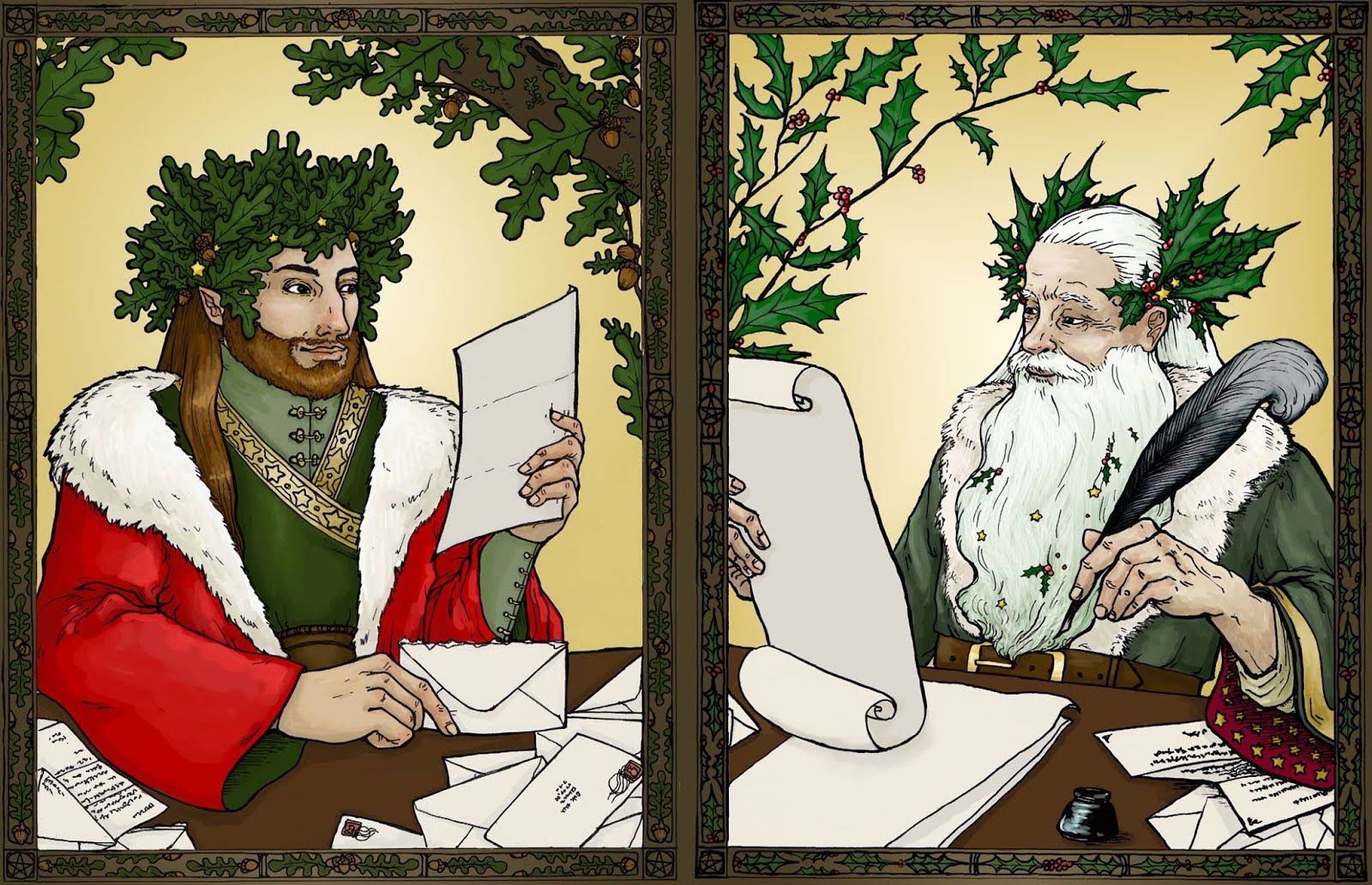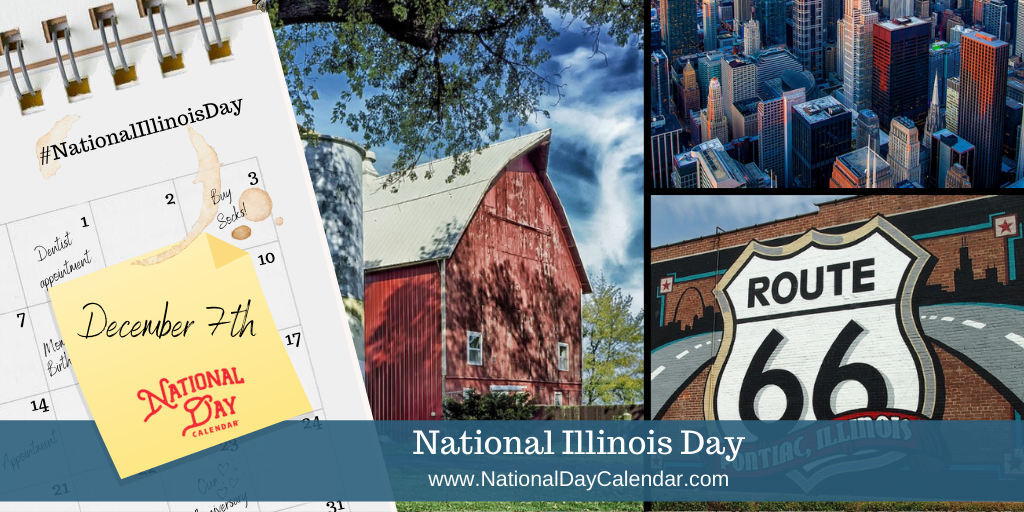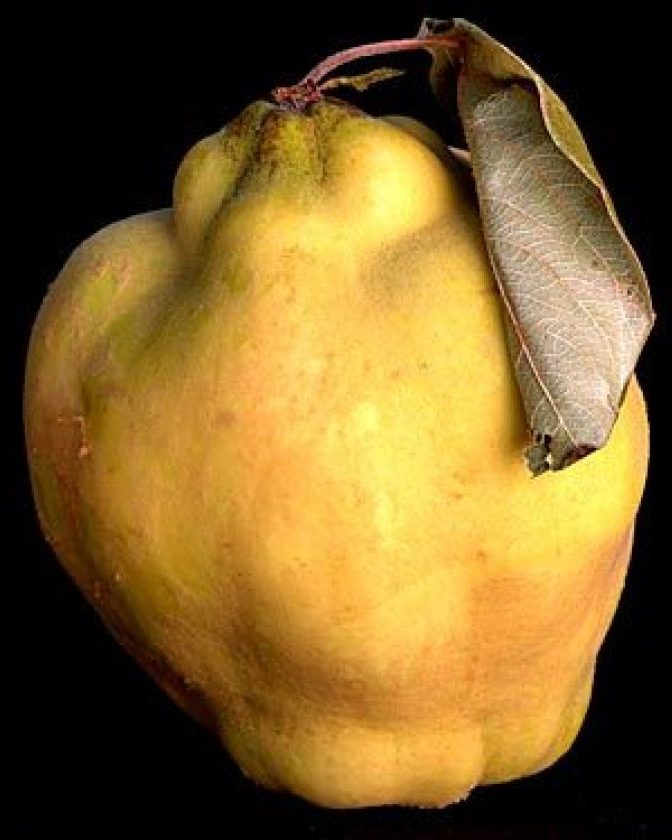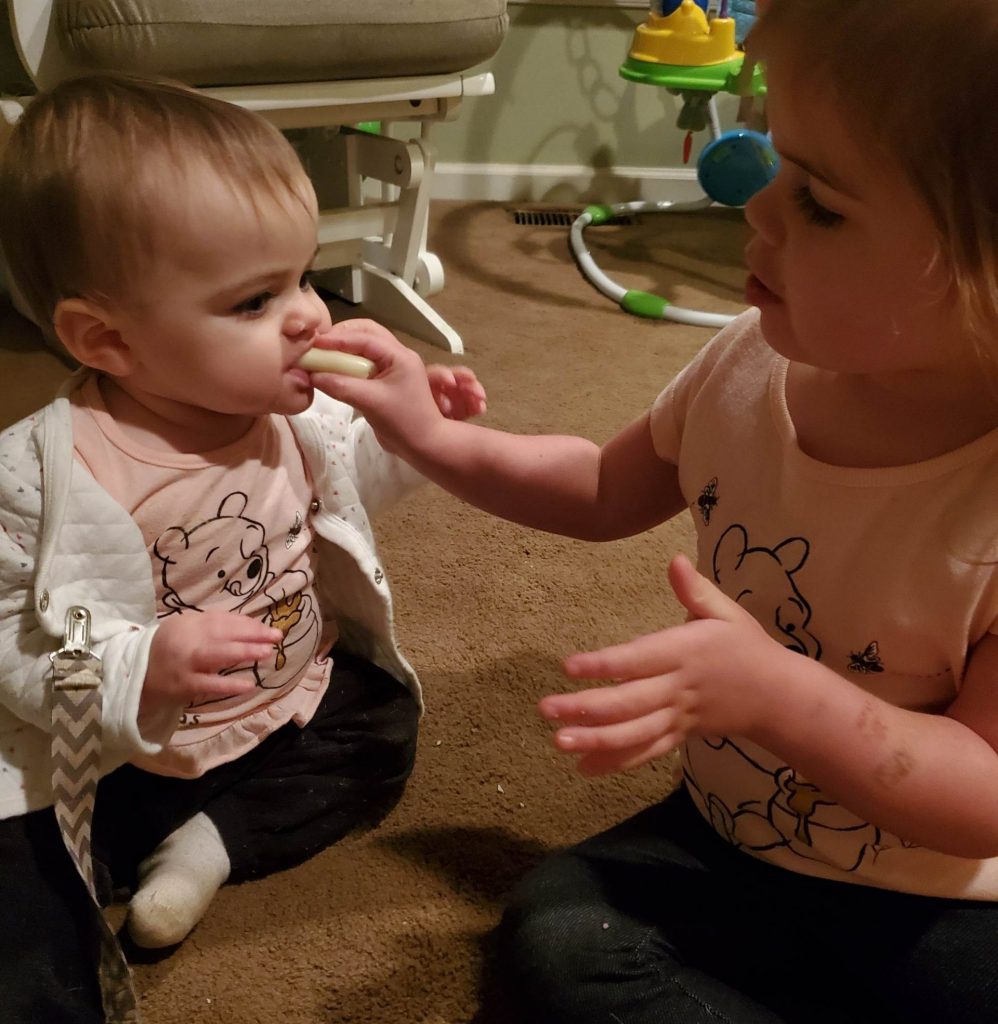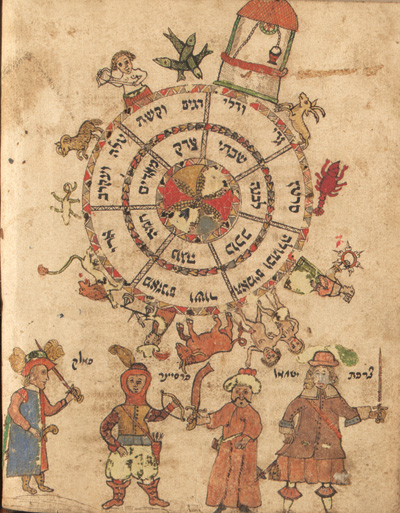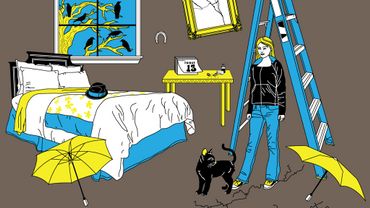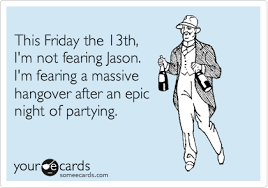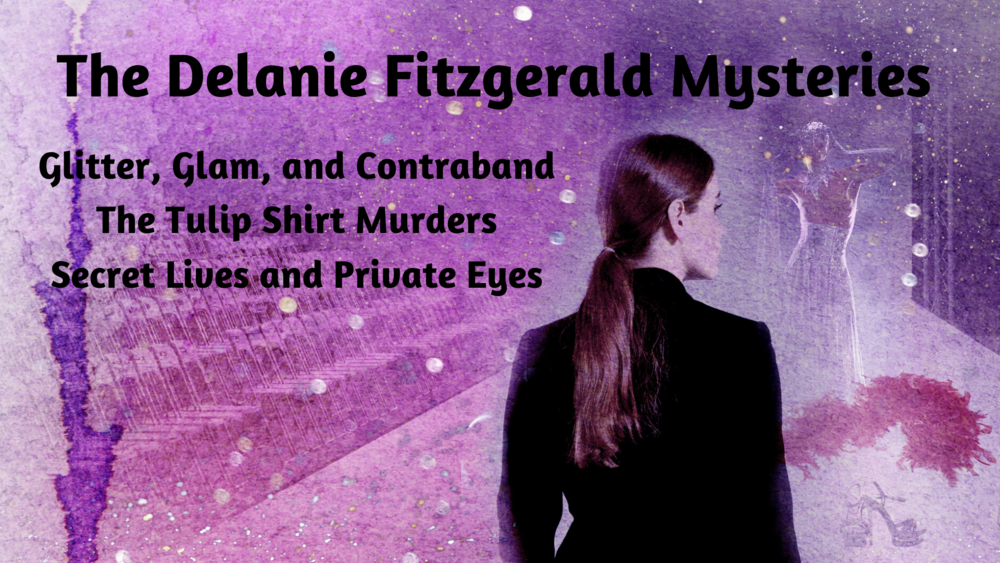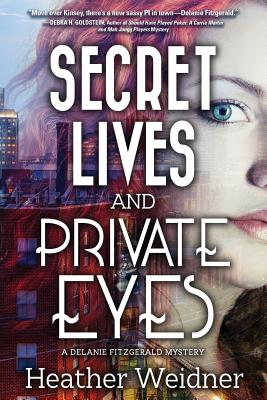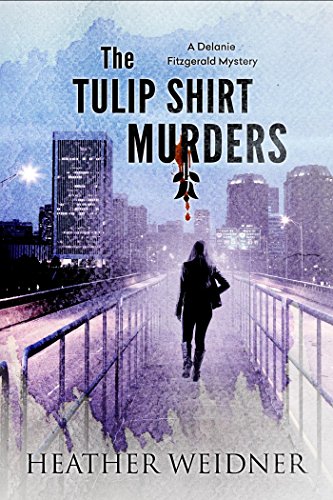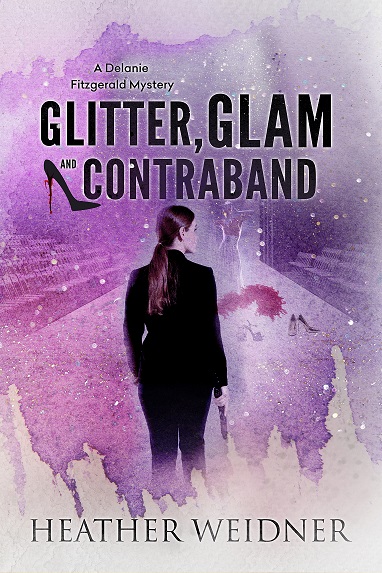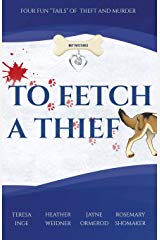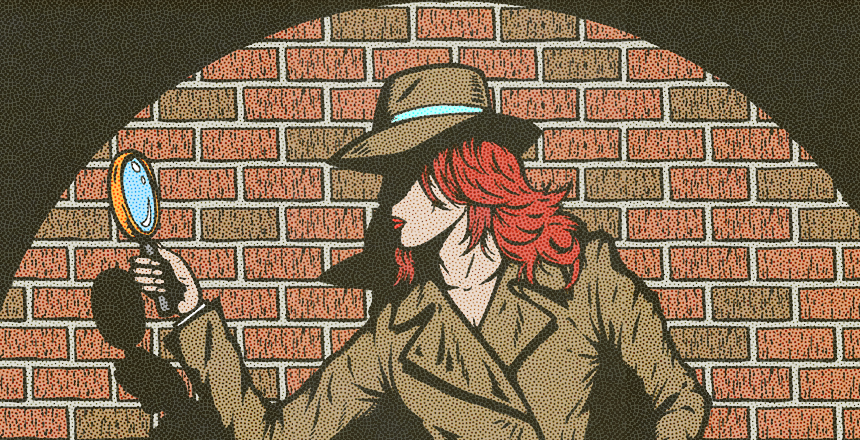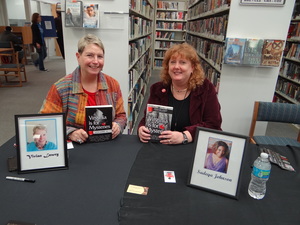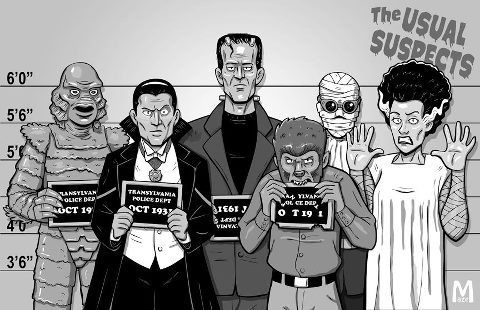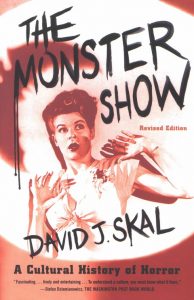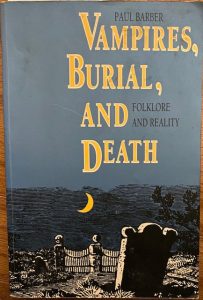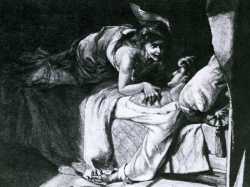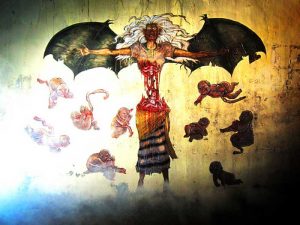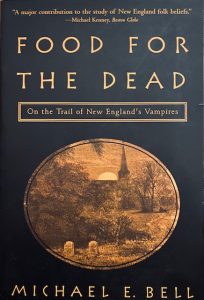
Today’s blog entry was written by Kathleen Corcoran, a local harpist, teacher, writer, editor, favorite auntie, and collector of really bad jokes.
Every night, I cry myself to sleep over the thought that I will never be able to read all the books I want to read. My time is precious and must be saved for important activities like confusing my turtle with shadow puppets and giving my nieces caffeine and loud toys. That’s where reader reviews and reader recommendations come in handy.

Reviews are also helpful for a completely different purpose: they can provide a writer with (pretend) feedback before the writing is actually finished! As an added bonus, the best reviews can provide a solid abdominal muscle workout by causing insane fits of laughter, generally in the most inopportune public places.
Provided here for your entertainment and education are some of my favorite reviews and the writing lessons they illustrate. Reviews are gathered from Audible.com, Barnes and Noble, Amazon books, Goodreads, and a few book review blogs. The names of reviewers and the books being reviewed are provided where applicable.
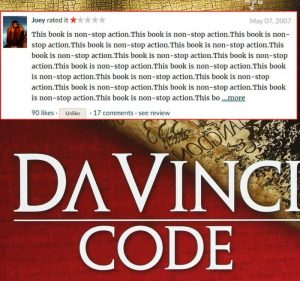
Avoid Repetition by Editing or Having a Good Editor to Cut Out Repetition
- She repeats herself to accentuate her point like she’s me writing like I talk when I’m wasted, which I’m fairly sure she’s not. She says things like (and I’m paraphrasing here) “I couldn’t have testified in Ted’s defense. That was just something I could not do.” Really? Could you do it, Ann? Could you?!? Wait, I’m confused…so you’re saying you could do it or you couldn’t do it? You see what I mean.
- “I can hardly contain the riotous feelings or is it hormones that rampage through my body.” – Yes, this supposedly went through an editor. I don’t think it’s ever been specified whether or not said editor was literate and/or an alcoholic and/or addicted to painkillers.
- WORDS WORDS WORDS IS THE HOUSE HAUNTED WORDS WORDS WORDS WORDS WORDS IS SHE CRAZY WORDS WORDS WORDS WORDS ARE THEY ALL CRAZY WORDS WORDS WORDS NO IT MUST BE HAUNTED WORDS WORDS WORDS NO SHE MUST BE CRAZY WORDS WORDS WORDS WORDS WORDS WORDS CRAZY WORDS SICKNESS WORDS WORDS WORDS DEATH THE END.

- Katrina Passick Lumsden counted the most common phrases in 50 Shades of Grey:
- “Oh My” – 79
- “Crap” – 101
- “Jeez” – 82
- “Holy (shit/fuck/crap/hell/cow/moses)” – 172
- “Whoa” – 13
- “Gasp” – 34
- “Gasps” – 11
- “Sharp Intake of Breath” – 4
- “Murmur” – 68
- “Murmurs” – 139
- “Whisper” – 96
- “Whispers” – 103
- “Mutter” – 28
- “Mutters” – 23
- “Fifty” – 16
- “Lip” – 71
- “Inner goddess” – 58
- “Subconscious” – 82
- “Mr Unconvincingname, it’s renowned author Dan Brown,” told the voice at the other end of the line. Instantly the voice at the other end of the line was replaced by a different voice at the other end of the line. “Hello, it’s literary agent John Unconvincingname,” informed the new voice at the other end of the line. “Hello agent John, it’s client Dan,” commented the pecunious scribbler.

- I was beaten over the head over and over and over again with Ana’s self-doubt and insecurities. I can honestly say that I had no idea this kind of feeling was even possible. I’ve never had a book so thoroughly turn off my desire to read before. Ever.
- Very early in Inferno, I realized that Dan Brown’s career-long fetish for ellipses had reached a whole new level. Basically, ellipses are the hero of the book. … … …
Characters are Actually Important
- Parts of the book were discussing political views nothing to do with Anna. It appeared their (sic) were many main characters not only Anna. [a review of Anna Karenina]

- Any time an author tries to sell me on a character’s “charm” by waxing hormonal about how “ridiculously good-looking” he is, I snicker inwardly. I can’t think why….
- If you can relate to anyone in this novel, then I dismiss you as inherently bad. In fact, I f***ing hate you. Yes, you.

- Seriously, all she thinks about (and she is the primary narrator) is Zeb. Zeb, Zeb, Zebby Debby Doo. Zibbity Dibbity Dib Doodle Doo, I wuv you.
- [W]e know Christian’s super deep and sophisticated because he plays the piano and listens to obscure classical music. This is how we know
EdwardChristian is really just a lost soul in need of love; his love of music. Everyone knows that no one threatening listens to music. Music lovers just aren’t capable of doing anything bad.
- Oh, the narrator, you ask? Yeah, he’s an a**hole, too. Don’t seek comfort there, because he’s basically nothing more than a lie factory wallpapered in tweed.
Know Your Audience, and Know That Not Everyone will be Your Audience

- I had made reservation and on the date I was to go I had a very bad cold and fever and I called them to change my reservation and they refused. [a very confused review of “Haunted: Ten Tales of Ghosts“]
- Not so hot; phony intellectuals are told this is a great work so they make up all sorts of lies about layering and craftsmanship, when it’s really just a so-so story and the ending with the guy Marlon Brandon played in the movie (Apocalypse Now) going crazy and Conrad never explaining why there should be such a fascination with him. It might be a nice book if there was a story here. But these modern phonies do not understand that writing is supposed to be enjoyable. [a review of Heart of Darkness]
- Sure, I could certainly compose a lengthy list of love-or-hate writers I’ve witnessed throughout my stint on this website, but Murakami is one of the dudes who seems to catch oddly equal amount of rapturous praise and sneering vitriol. When one considers reading his work and attempts to decide whether or not to invest the time based solely on the thoughts others have shared here on this website, it must make the head do some Exorcist-spins. [on author Haruki Murakami]
- I think there was way to much sexual content, and the story line was incredibly sad. Certainly not something i would recommend for anyone under the age of fifteen, If you want to get an idea of what the book is about, just search the title in the Wikipedia. no Students don’t need to read this filth. [a review of Tess of the d’Urbervilles]

- So I went into reading this with a huge wall up (I know, I know, a terrible way to read), but then I realized that I wasn’t JUST going to be proselytized to… I was going to be threatened with nasty, rotting, coldsore-herpee-mange-pits all over my body that George W. Bush and Paris Hilton are going to take turns pouring their boiling-hot-diarrhea-snot into. Dante, you sick bastard! AWESOME!!! [a review of Dante’s Inferno]
- This story needs editing. [Rebecca by Daphne du Maurier]
- A special note to those who say my review stopped them from reading this book: No no no! Read it! I actually reread the whole series last summer and enjoyed it immensely. Just read it for what it is: ludicrous, well-written, humorous, delicious TRASH. Just don’t expect it to be the most brilliant novel ever written and you’ll be fine.
Causing Genuine Emotional Response Can Make Up For Almost Everything

- There is no fluffy stuffing here, just good, straight storytelling with the added bonus of cautiously crafted prose. Also, it’s really f***ing creepy, and me being creeped out by anything at this point in my life is a pretty tall order. I mean, aside from spiders and needles and being buried alive and over-sexualized pre-teen Lolita-types who collect and dress like that Bratz line of toy dolls. Now that sh*t is creepy.
- Lookie here, folks, this is me giving a 4-star rating to a massively sexist, pro-Christian, anti-sex, anti-birth-control novella about a guy who murders his wife for maybe cheating on him, feels justified in doing so, and gets away with it!
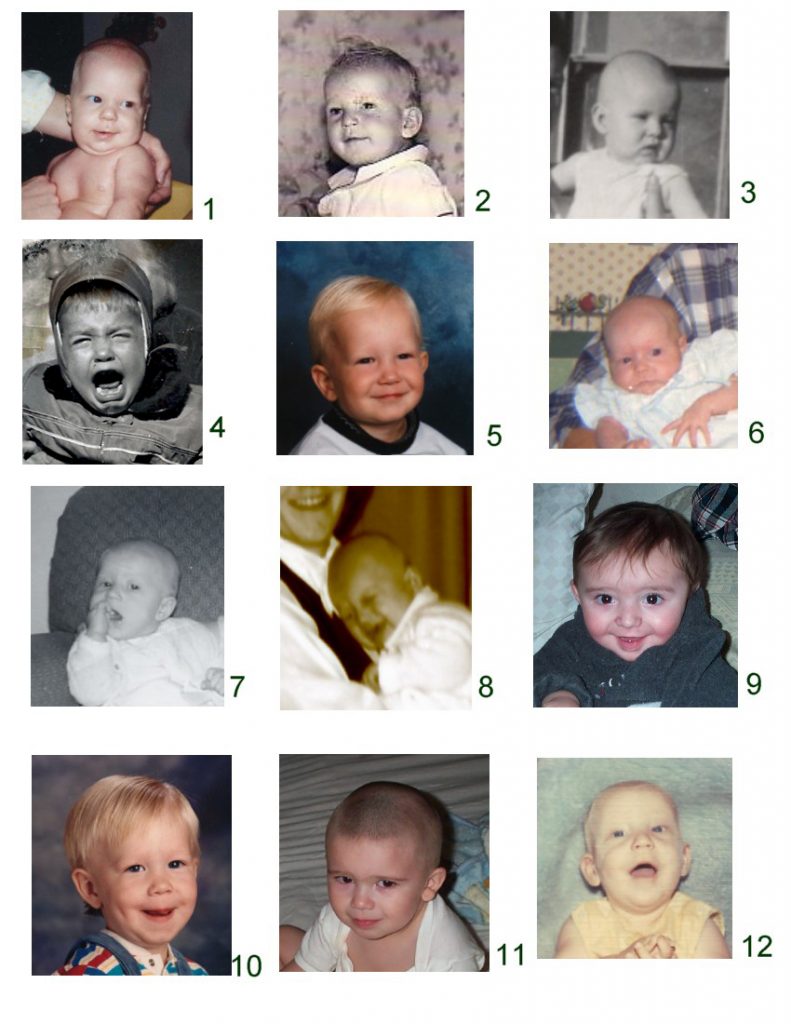
- Scenes from this book will return when you are stuck in traffic, and you will cry some more. Do not operate a motor vehicle under the influence of this book.
- This book is a ball-crusher, and not for the faint of heart. I mean, no matter how you spin it, it is BLEAK. Don’t read it while experimenting with different anti-depression medications or anything. You’ve been warned.
- There’s a rare and surprisingly invigorating clarity that comes along with that drowning feeling, one that is more worthwhile than protection from what frightens you… and Flannery’s world is a frightening place. Do with that what you will, and make your choice whether or not you are willing to get emotionally smacked around a bit with words.
Even Fiction Needs Some Reality

- I admit that I’ve never personally been stalked by two psychopathic, cannibal rapists with crazy futuristic guns in a lawless post-apocalyptic warzone, but I don’t think I would be cracking dick jokes and worrying about petty jealousies if I were. Well, maybe the dick jokes, but not all the time!
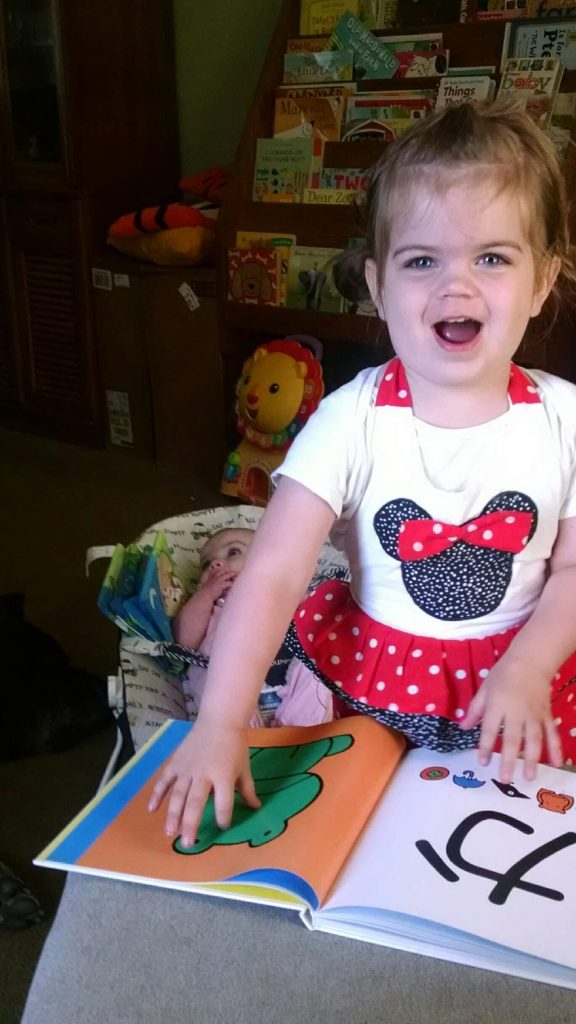
- After spending basically half a lifetime dipped in chocolately booze pools with naked bodies slithering all around him while he passed the glass n’ rolled up dollar bill around, our protagonist sits by a river for, I dunno, a couple of minutes reciting “Om” before it just miraculously all comes back to him and he’s all enlightened and at peace again and sh*t.
- “Oh Satan’s navel!” she said. “Now I remember!” Yeeeeeaeh, this is how real people talk.
- The closest thing to un-evil that a lady can do for herself that is sex-related is have children within the bounds of marriage (this is their sole reason for existing anyways, right? AMIRIGHTFELLAS?!), then move on to raise them. Anything else is double, double toil and trouble.
Are You Sure Those Are the Words You Want? All of Them?
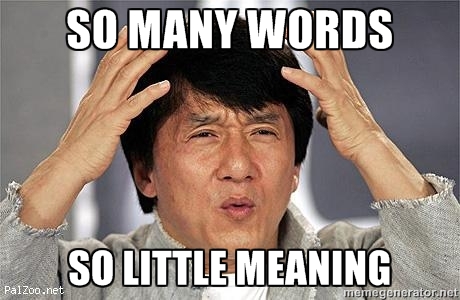
- My eyes were so glazed over from reading page after page detailing every color and stitch and ornament on the heroine’s ball gown that I totally missed the one sentence when Evil Dude snuck in and stabbed her.
- Renowned author Dan Brown gazed admiringly at the pulchritudinous brunette’s blonde tresses, flowing from her head like a stream but made from hair instead of water and without any fish in.
- Don’t get me wrong, if well-written, this storyline could be very interesting. But even after just ten pages, the only thought going through my mind was “When will this guy shut up and tell the story???” The plot comes in a distant second to the narrator’s monotone, seemingly unending monologue. If I could withstand this, I believe I would have enjoyed it. But forgive me for not having that kind of patience for hundreds of pages. [a review of 1984]

- “Atop a control tower in the distance, the Turkish flag fluttered proudly – a field of red emblazoned with the ancient symbol of the crescent and star – vestiges of the Ottoman Empire, still flying proudly in the modern world.” C’mon, Dan Brown! Make an effort, bro!
- Cutters, Lolitas, Munchausen by Proxy, obsessions, family hatreds, drug abuse, scandalous sex, graphic violence, serial murder, wealth, poverty, popularity, bullying, hypochondria, crippling jealousy, police procedural bullshit, alcoholism, taboo masturbation fantasies, eating disorders, small town smothering, big city anonymity, career/life/love failures, falls from grace, the hell of being romantically idealized by someone and then seen in vivid, horrible detail for what you really are: all addressed in this slim little novel. It’s pretty f***ing good, to be honest. Just…don’t loan it to your mother. And hope that no one in this novel reminds you of your mother.
Writing Ridiculous Reviews Online Could Even Be a Way to Hone Your Craft

- I had a hard time getting into this book. The profanity was jarring and stilted, not at all how people really talk. Frankly, the book came off as strictly workshop material. But after about 50 pages, I found myself immersed in the style. What had been stilted became lyrical and engaging. Authors go entire lifetimes without matching the poetry of couplets such as those of Mr. Rand Corporation. I can only wish I had thought of 41145 42820. [a review of A Million Random Digits with 100,000 Normal Deviates]

- If You Give a Mouse a Cookie is the story of the perversity of desire, and more particularly the stunted pleasures of the bourgeoisie. Written by the exquisite Laura Numeroff, in what can only be assumed was a violent passion for sterile aloofness from the society which she condemned, and a lust for concision which would socialize her treatise against the deadening wants, making it accessible to the masses. I can imagine her, unbathed, ignorant of her own hunger and thirst, cutting every insignificant word in a Flaubertian frenzy for le mot juste. ……”
- There were no significant plot twists, and none of the characters developed enough for me to really “care” what happened next. If you’re looking for a challenging yet entertaining way to spend 4 hours reading, this is for you, but if you are seeking more thrills and suspense, consider a Steven (sic) King novel. [a review of Where is Baby’s Belly Button?]


